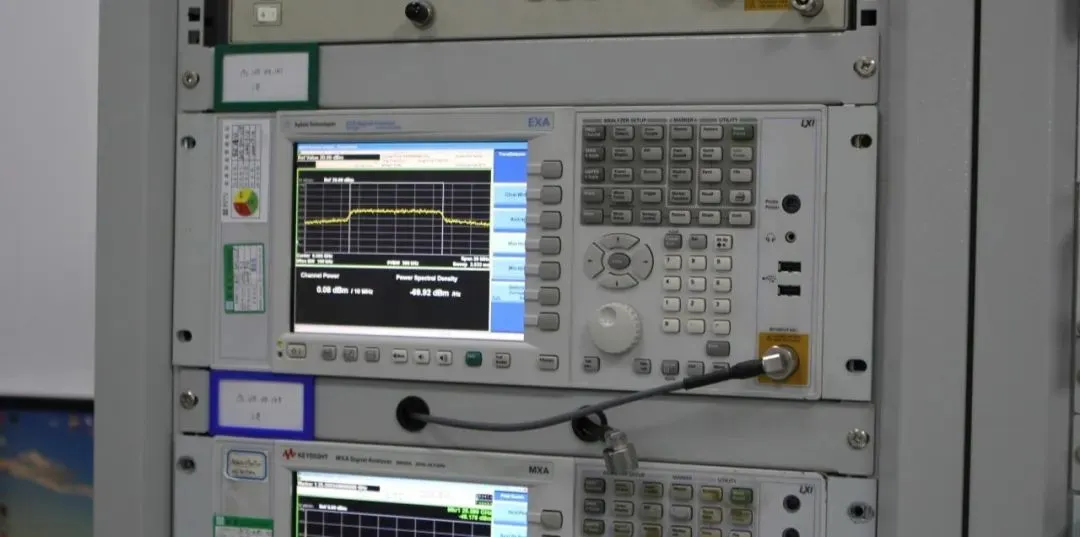
Button Battery ANSI C18.3M Testing Service
ANSI C18.3M is a safety standard for portable lithium primary batteries (including button cells).
The main testing items include:

Electrical Performance Tests
- Voltage Test: Measure the open-circuit voltage to ensure it meets the rated voltage.
- Capacity Test: Determine whether the actual capacity of the battery meets the rated value through discharge testing.
- Discharge Performance Test: Evaluate the battery’s performance under different discharge conditions.
Mechanical Performance Tests
- Impact Test: SimULate impacts the battery may experience during transportation or use.
- Vibration Test: Assess the battery’s stability under vibration conditions.
- Crush Test: Check the battery’s safety when subjected to compression.
Environmental Tests
- High-Temperature Test: Evaluate the battery’s performance in high-temperature environments.
- Low-Temperature Test: Evaluate the battery’s performance in low-temperature environments.
- Temperature Cycling Test: Assess the battery’s stability during temperature fluctuations.
Safety Tests
- Short-Circuit Test: Simulate the battery’s reaction to a short circuit to ensure no hazardous events occur.
- Overcharge Test: Evaluate the battery’s safety under overcharging conditions.
- Forced Discharge Test: Test the battery’s behavior during forced discharge.
Labeling and Packaging Tests
- Label Inspection: Ensure that the battery labeling complies with standard requirements.
- Packaging Test: Assess the protective performance of packaging during transportation.
These tests aim to ensure the safety and reliability of button batteries under both normal and abnormal conditions.
Email:hello@jjrlab.com
Write your message here and send it to us
 How to Test IP68 Rating
How to Test IP68 Rating
 Differences Between FDA and LFGB for Food Contact
Differences Between FDA and LFGB for Food Contact
 Process and Precautions for Amazon CPC Certificate
Process and Precautions for Amazon CPC Certificate
 E-mark Certification Testing Service Laboratory
E-mark Certification Testing Service Laboratory
 Amazon ISO/IEC 17025 UL Testing Service Laboratory
Amazon ISO/IEC 17025 UL Testing Service Laboratory
 How to get CE Certification for Lighting Products?
How to get CE Certification for Lighting Products?
 CE Certification Standards & Process for Elect
CE Certification Standards & Process for Elect
 Japan METI Registration & Japanese Agent Servi
Japan METI Registration & Japanese Agent Servi
Leave us a message
24-hour online customer service at any time to respond, so that you worry!




